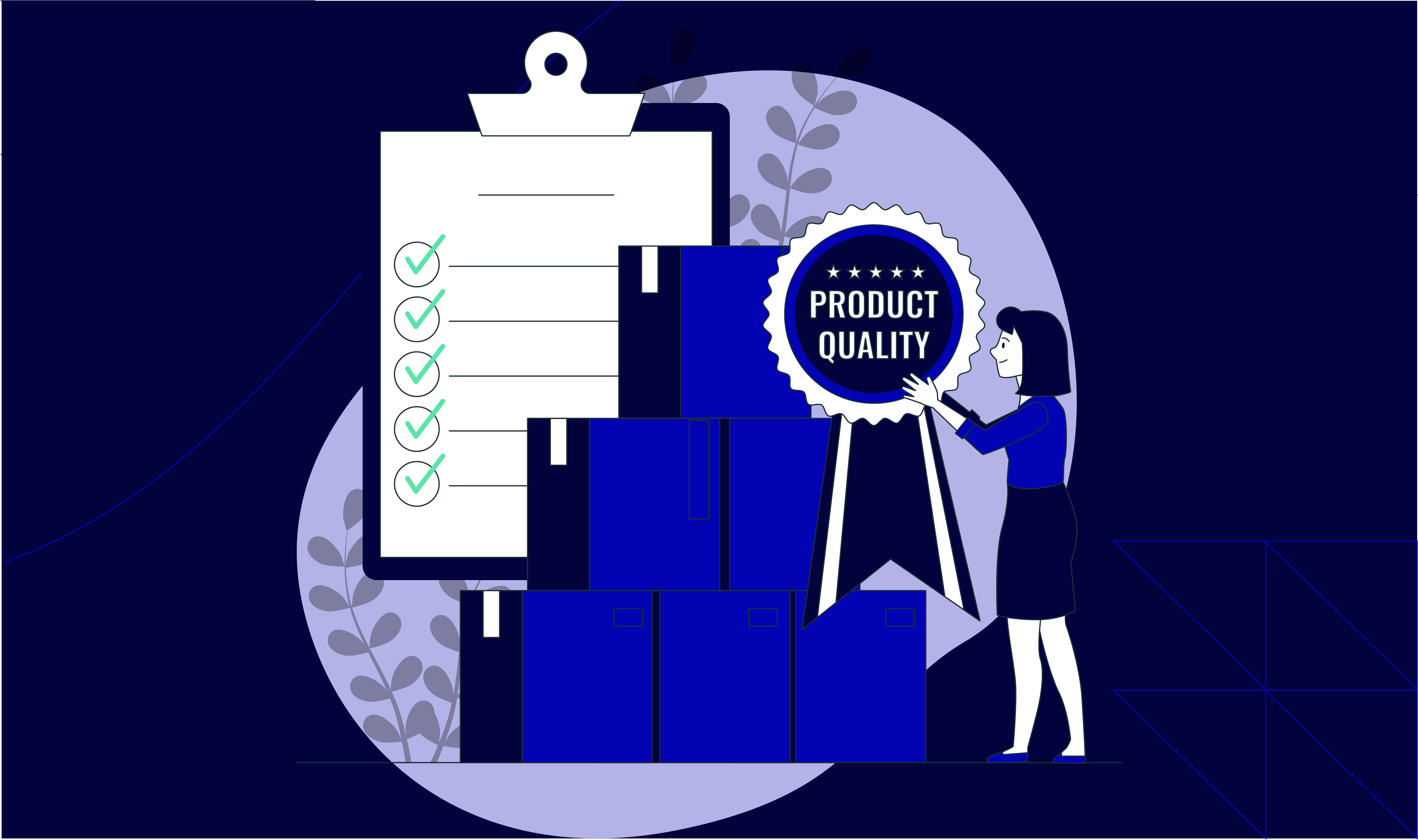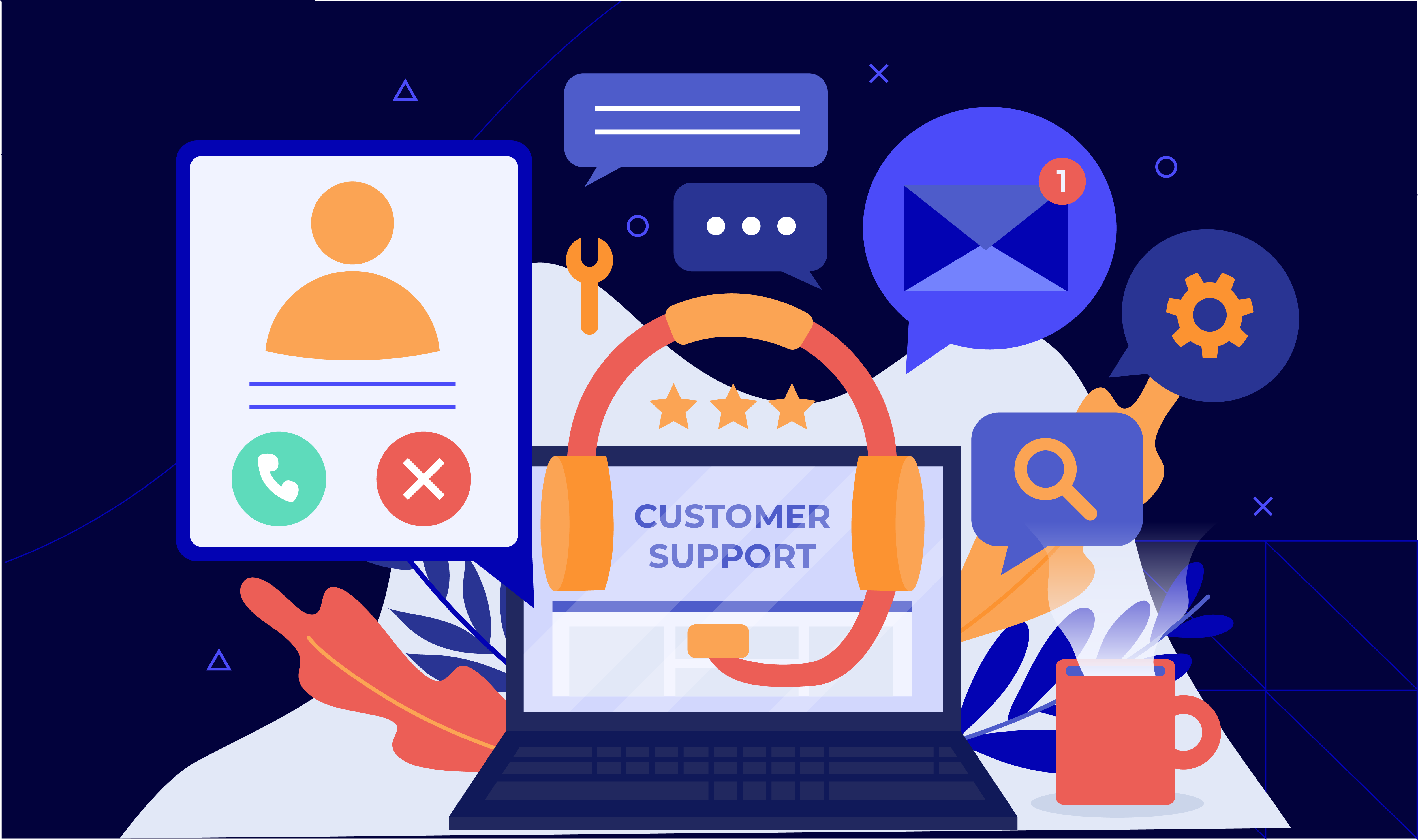Key Takeaways
- Premium customer interaction starts with consistent, high-quality support experiences that something fast-growing consumer brands and D2C companies cannot afford to overlook.
- The right Customer Support QA tools help you identify gaps, coach your team, and measure what matters, whether you support your team is five or fifty.
- Customer Support Quality Assurance tools offer real-time insights into performance and CX trends for leadership roles like VPs, Directors and Senior Managers of Customer Experience.
- Better QA leads to better service, which in turn leads to happier, more loyal customers and higher lifetime value vital for companies generating $5M+ in annual revenue.
Why Quality Assurance Matters More Than Ever

If you’re a VP, Director or Senior Manager overseeing customer support in the U.S, U.K. or Australian consumer brands, as you know that Customers don’t just want answers anymore. They want clarity. They want speed. And more than anything, they want to feel heard and respected. Here are some data points that reinforce this message:
- According to a report by Forbes, 66% of customers value speed of service as much as the price of the product they’re purchasing.
- A study by Salesforce indicates that 73% of customers expect personalized support
- Over 50% of customers say they’ll switch to a competitor after just one bad support experience.
For high-growth consumer brands and D2C businesses, especially those generating $5M+ in revenue, this means that every support interaction directly impacts retention and brand loyalty. That’s why quality assurance (QA) in customer service and contact center technology trends in 2025 needs to be about making sure every single customer interaction is one your brand can be proud of.
But here’s the good news: You don’t have to hover over every conversation or manually read through every transcript anymore. In 2025, QA tools for customer support do the heavy lifting for you.
These tools are smart, scalable, and built to help your support team:
- Deliver more consistent responses
- Catch mistakes before they spiral
- Understand what great service looks like
- Give agents feedback that helps them grow
In short, they help you keep quality high, without burning out your managers or micromanaging your team. So whether you’ve got a support team of five or fifty, QA agent tools in 2025 give you a way to spot trends, coach your team better and deliver the kind of service that keeps customers coming back.
Ready to see what’s out there? Let’s dive into the best customer service quality assurance tools for delivering premium customer interactions that actually move the needle.
What Makes a Great QA Tool for Customer Support?

Now that we’ve established that QA tools are essential, it is important to understand what actually makes a great QA tool before we dive into QA platforms. Here’s what a great QA tool in 2025 should do:
- Monitor and score support interactions: Every chat, email, or call is a learning opportunity. A great QA tool lets you review real interactions, apply scorecards, and get a clear picture of how your team is performing.
- Identify coaching and training opportunities: The best QA tools don’t just flag mistakes, but spot patterns. That means you can see who needs help with tone, product knowledge, or process, and coach them before little issues become big problems.
- Track the right customer service quality metrics: It is important for your team to have a handle on metrics such as CSAT (Customer Satisfaction), FCR (First Contact Resolution), AHT (Average Handle Time), and your internal QA score remain vital in 2025. The right tool will make it easy to track these KPIs across agents, teams, and timeframes, so you know what’s working and what needs attention.
- Deliver feedback in real-time: Feedback is way more impactful when it’s delivered while the conversation is still fresh. Good QA tools in 2025 let you give contextual, actionable insights right after a review, so your team can course-correct on the fly.
- Ensure consistency across every channel: Whether a customer contacts you on live web chat support, outsourced email support, phone, or social the customers in 2025 expect the same high-quality tone,, the tone, accuracy, and helpfulness of your responses should feel the same. QA tools help maintain consistency across agents and platforms, so no matter where the customer shows up, they get a consistently excellent experience.
It’s also great if the tool is:
- Easy to integrate: It should plug right into your existing helpdesk, CRM, or contact center modernization solutions.
- Scalable: Regardless of how big your team is, the tool should grow with you. That means flexible pricing, customizable scorecards, and team-level dashboards that make it easy to keep QA tight as you expand.
- Customizable: No two brands are the same. A solid QA platform should let you tailor scorecards, rubrics, and review flows to match your unique brand tone, priorities, and service standards.
Choose the right contact center automation trends in 2025 ready QA tool, and you’ll empower your support team to not only meet expectations but exceed them. Now, let’s take a look at some of the best in the game.
Top QA Tools for Improving Customer Interaction

1. Klaus
Think of Klaus as the friendly, ever-vigilant sidekick every support team needs. It’s a fully integrated QA system that fits right into your helpdesk and makes the quality review process feel like a conversation. What makes Klaus special is how easy it is to review, rate, and give contextual feedback, without hopping between platforms. You can set up custom scorecards, review specific types of interactions, and collaborate with your team all in one beautifully designed dashboard. Some of the key features of Klaus are:
- Agent scorecards that are clear, consistent, and customizable
- AI-powered suggestions to help reviewers spot patterns and insights faster
- Easy-to-use QA templates for fast onboarding and consistency
- Custom rubrics so you can measure what actually matters to your brand
Klaus also shines when it comes to collaborative feedback loops. Agents can see where they did great and where they slipped up. Klaus is great for teams that value transparency, continuous improvement, and brand-aligned support experiences.
2. Playvox
Playvox takes your QA process and tells you not just what happened, but also tells you why. It then helps your agents level up with actionable coaching and training tools. This platform is built for scale. Whether you’re managing 20 agents or 200, Playvox lets you filter QA results by channel, issue type, team, or even customer segment, so you can go from 10,000-foot view to laser-focused detail in seconds. Playvox offers:
- Built-in learning modules so agents can improve directly within the platform
- Side-by-side comparisons that show agents what top-tier service looks like
- Advanced filtering for deep insights on where quality drops, and why
- Motivation tools and gamification that turn quality goals into something your team actually wants to chase
What really makes Playvox stand out is how it connects quality scores to coaching workflows. It’s great for fast-growing teams that want to blend QA with performance management and agent development.
3. MaestroQA
MaestroQA gives you full control over how you define and measure quality, and lets you build a QA program that’s anything but cookie-cutter. What makes MaestroQA stand out is its drag-and-drop scorecard builder. You can easily create custom rubrics that reflect your tone of voice, industry standards, or even the unique priorities of different support channels. No two brands are the same, and MaestroQA lets your QA reflect that. Some key features are:
- Custom scorecards you can tweak and tailor down to the last checkbox
- Auto QA using AI to scan and tag conversations based on rules you set
- Screen and call recording integrations that show exactly what your agents did
- Agent dashboards with performance snapshots and trend reports over time
This tool is best for data-driven teams who want to build a QA program from the ground up and tie every insight back to actual agent behavior and outcomes.
4. Observe.AI
If your team does a lot of phone support, you know how tough it can be to track quality at scale. With real-time transcription and advanced AI analysis, Observe.AI does more than just score calls. It analyzes sentiment, flags high-risk interactions, and helps you coach agents before a small mistake becomes a churn risk. If offers features such as:
- Real-time voice customer support service transcription
- Sentiment and keyword tracking
- Automated scoring and coaching workflows
- Searchable voice-to-text logs for auditing, compliance, and agent training
It’s great for voice-heavy support teams that want to combine call monitoring, coaching, and quality assurance into one powerful tool.
5. Zendesk Quality Assurance (with Tymeshift or Klaus)
Already using Zendesk? With tools like Tymeshift or the Klaus plugin, you can easily layer quality reviews right into your existing Zendesk setup. That means no switching tools, no extra training headaches, and no missing data. This allows you to access features such as:
- Native QA tracking that connects directly to tickets
- Agent productivity and time tracking via Tymeshift
- QA templates and rubrics (if using Klaus) built right into your workflow
- One-click feedback loops
This is a great option if you’re not ready for a full QA overhaul but still want to start tracking quality, improving conversations, and supporting your team more effectively.
Final Thoughts

In today’s hyper-competitive world, your product might get someone in the door. But it’s your customer interaction (every chat, email, and call) that keeps them coming back. So if you’re serious about delivering premium support? You need smart, scalable QA tools to back it up.
Whether you’re coaching a small in-house team or managing a global network of agents, if you’re a VP, Director or Senior Manager of customer experience in the U.S, U.K. or Australia, the right QA system helps you:
- Monitor quality at scale, without micromanaging
- Give timely, personalized feedback that helps your agents grow
- Raise the bar across every customer touchpoint, so no matter who they talk to, your customers always feel heard, respected, and supported
If you’re committed to setting up the right QA system for your business, that’s where Atidiv comes in. At Atidiv, our team of customer experience specialists helps customer-centric companies take the guesswork out of service quality. From selecting the right QA tools to designing customized scorecards and coaching frameworks, we make it easier to turn support into a consistent, measurable brand advantage. Partner with Atidiv to scale smarter.
FAQs On Customer Interaction
1. What is customer service QA software?
Customer service QA software helps teams evaluate and improve the quality of support interactions through scorecards, feedback tools, and performance analytics.
2. Why is quality assurance important in customer service?
Because it ensures every customer gets a consistent, on-brand experience, leading to higher satisfaction, better loyalty, and fewer escalations.
3. What are the most common customer service quality metrics?
CSAT, QA scores, FCR, AHT, and coaching success rates are some of the most critical metrics to track.
4. Can QA tools integrate with my helpdesk or CRM?
Yes! Most modern QA tools integrate with platforms like Zendesk, Salesforce, Intercom, and Freshdesk for seamless reviews and scoring.
5. How do QA tools improve customer interaction?
They identify what’s working, highlight gaps, and help coach agents, so your team delivers faster, more empathetic, and more consistent support every time.

